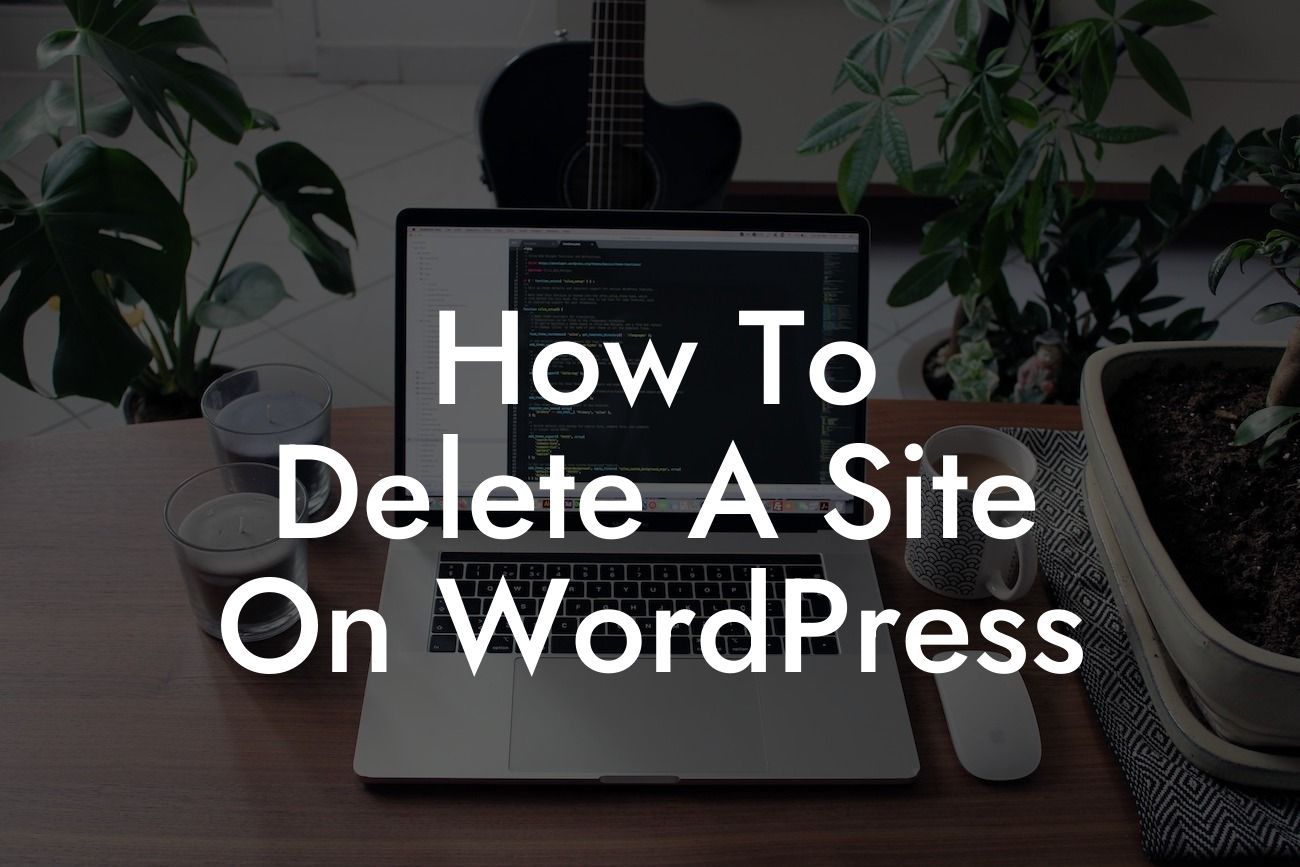Deleting a site on WordPress may sound like a daunting task, especially if you're new to the platform. However, with the right knowledge and guidance, it can be a simple and necessary process to manage your online presence effectively. In this guide, we will provide you with detailed instructions, insightful tips, and a realistic example to help you confidently delete a site on WordPress. So, let's dive in and explore the steps!
To delete a site on WordPress, follow these steps:
1. Back up your site:
- Before deleting your site, it is crucial to create a backup. This step ensures that you have all your content and data saved in case you ever need it again.
2. Deactivate plugins:
Looking For a Custom QuickBook Integration?
- Some plugins might be connected to your site or have specific settings tied to it. Deactivating them before deleting the site can prevent any complications or data loss.
3. Delete site content:
- Start by removing all the content you wish to delete, such as pages, posts, images, and media files. You can do this manually or use a bulk delete option to save time.
4. Remove themes and plugins:
- Once the content is deleted, it's essential to remove any themes and plugins you no longer need. Be cautious and double-check before deleting, as some themes or plugins may be used on other sites.
5. Delete unused users:
- WordPress allows multiple users with different access levels. Ensure to remove any unused user accounts to maintain security and organization.
6. Choose the right method:
- WordPress provides two methods to delete a site:
a) Soft Delete: This method allows you to recover your site within a specific timeframe in case you change your mind.
b) Permanent Delete: With this method, your site will be permanently removed, and there will be no chance of recovery.
How To Delete A Site On Wordpress Example:
Let's say you have a test site that you no longer need. Follow the steps provided earlier to delete the site securely:
1. Backup your test site by exporting its data and saving it on your computer.
2. Deactivate any plugins that might be connected to the test site.
3. Delete the test site's content, including pages, posts, and media files.
4. Remove any themes and plugins used exclusively for the test site.
5. Ensure to delete any unused user accounts associated with the test site.
6. Choose the method that suits your needs, whether it's a soft or permanent delete.
Congratulations! You have successfully learned how to delete a site on WordPress. Remember, regular maintenance and decluttering can enhance your online presence and help you stay organized. If you found this guide helpful, feel free to share it with others who might benefit too. Make sure to explore other guides on DamnWoo, where we provide valuable resources for small businesses and entrepreneurs. Don't forget to try our awesome WordPress plugins to supercharge your success.













